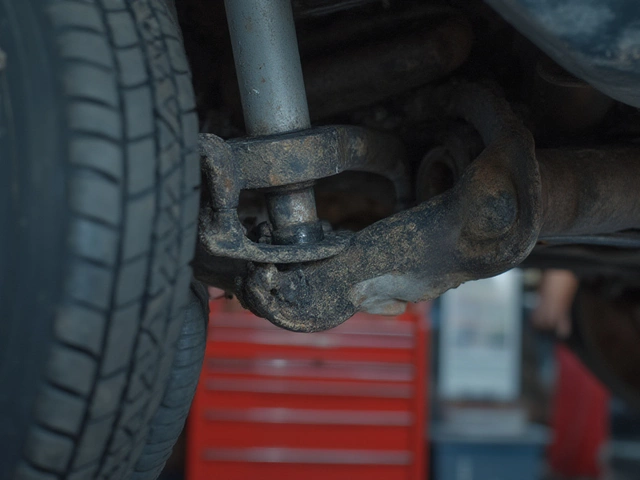Oil Check – Quick Steps to Keep Your Engine Healthy
Got a minute? That’s all you need to take a look at your engine oil and spot problems before they turn into expensive repairs. Checking oil isn’t rocket science, but most drivers skip it because they think it’s a hassle. The good news is you can do it yourself, right from your driveway, with just a dipstick and a clean rag.
Why Regular Oil Checks Matter
Your engine runs on a thin film of oil that lubricates moving parts, cools them down, and prevents metal‑to‑metal contact. When oil gets low or dirty, friction rises, temperature spikes, and wear accelerates. That’s why a quick glance at the dipstick can save you from a ruined engine, a costly tow, and a night at the garage.
Step‑by‑Step Guide to Checking Your Oil
1. Park on level ground and turn the engine off. Give the car a few minutes to let the oil settle back into the pan. This gives you an accurate reading.
2. Open the hood and locate the dipstick. It usually has a bright handle – yellow or orange – and is marked with “Oil”. If you’re not sure, check your owner’s manual.
3. Pull the dipstick out and wipe it clean. Use a lint‑free rag or paper towel. Wiping removes old oil so the next reading isn’t blurry.
4. Re‑insert the dipstick fully, then pull it out again. Look at the tip where the oil film ends. You’ll see two marks – “Min” and “Max” – or a cross‑hatched area. The oil level should sit between them.
5. Assess the oil’s colour and texture. Fresh oil is amber and clear. If it looks black, gritty, or smells burnt, it’s time for a change, even if the level is fine.
6. Top up if needed. If the level is below the “Min” mark, remove the oil filler cap (usually labelled “Engine Oil”) and add the correct grade of oil in small amounts. Wait a minute, re‑check the dipstick, and stop when you hit the “Max” line.
That’s it – a five‑minute routine that keeps your engine breathing easy.
For most drivers, checking oil once a month is enough, but you’ll want to do it more often after a long trip, a hard haul, or if your car shows any warning signs.
Typical warning signs include a low oil pressure light on the dash, strange engine noises, or a sudden drop in power. If any of these pop up, pull over, check the oil, and don’t ignore the alert.
Remember, using the right oil type matters. Your owner’s manual lists the recommended viscosity (like 5W‑30) and any specifications (e.g., ACEA, API). Mixing the wrong oil can cause sludge or inadequate protection.
Finally, keep a small bottle of the correct oil and a clean rag in your car’s trunk. That way, if you’re low on the road, you can add a quick top‑up and avoid a costly tow.
Regular oil checks are a tiny habit that pays huge dividends. Your engine stays smoother, your fuel economy improves, and you avoid the dreaded “engine seized” nightmare. So next time you hear a click to open the hood, grab the dipstick and give your car the quick check it deserves.
 19 June 2025
19 June 2025
How Much Oil Should I Add if It's Low? Quick Engine Oil Guide
Wondering how much oil to add when your engine oil is low? This article breaks down how to spot a low oil level, figure out how much your engine really needs, and add it without going overboard. Avoid common mistakes and keep your ride running smooth. Get real tips you can use right now.
 5 March 2025
5 March 2025
What Happens When Your Car Is Low on Oil?
Ever wonder what happens when your car runs low on oil? This article delves into the serious consequences and the subtle signs your vehicle might give off. Learn how this simple fluid keeps your engine running smoothly, what happens if you neglect it, and essential maintenance tips. Keep your car and your wallet safe by understanding the importance of regular oil checks.






0